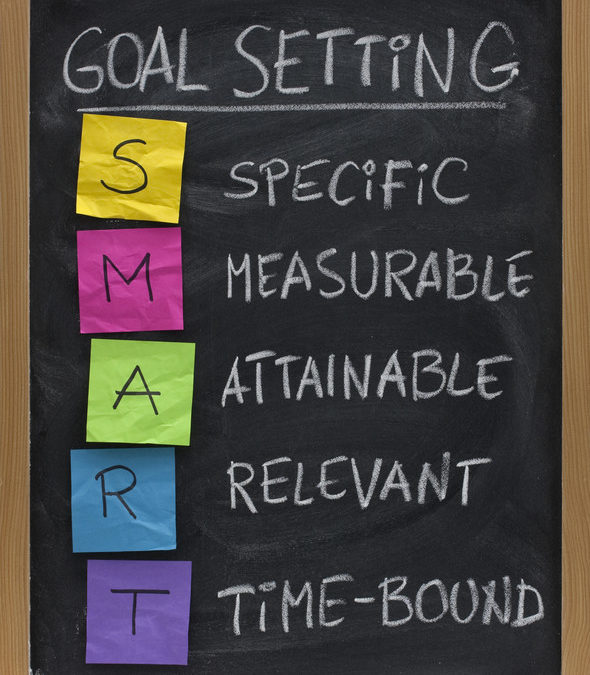Having goals is an integral part of homeschooling, however often the goals set are not met because they are not SMART goals. It’s got nothing to do with being intelligent, but everything to do with having specific, measurable, attainable, relevant and time bound goals. Let’s take a look at each of these elements that make a goal more desirable.
Specific Goal
Having a vague goal is almost a sure way to never meet it. Improving writing skills may sound like a good goal for your fifth grade homeschool student, but it’s not specific enough. It would be better to specify that the student needs to learn how to write a circular, a diary entry, and a personal letter.
Measurable Goal
Continuing with the same example, making the goal measurable is important. Just showing the child how to write a circular, a diary entry and a personal letter is not enough. They need to be able to do the writing work on their own. To make the goal measurable the homeschool parent can say that the child must write ten circulars, a month full or diary entries and five letters to be posted to family members.
Attainable Goal
Besides being specific and measurable, goals also need to be attainable. In this case that is being considered, the homeschool teacher should know that asking the child to write a hundred circulars is not an attainable goal in the week. Instead ten circulars are just the right number to provide practice as well as be completed easily by the homeschool student.
Relevant Goal
Children pick up the stuff that interests them and is relevant much faster. That’s why they may not quite appreciate writing circulars for non existent events, as much as they enjoy the letter writing to grandma and grandpa. Keeping the goal relevant to the homeschool student is important.
Time-bound Goal
Most of us have a tendency to take things easy when it comes to work. Our homeschool students are no exceptions. So ensure that if you have a goal for them to accomplish, that it is also backed by a deadline.

